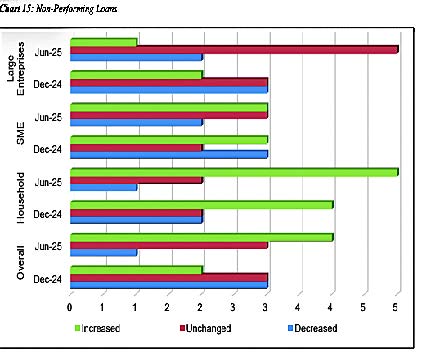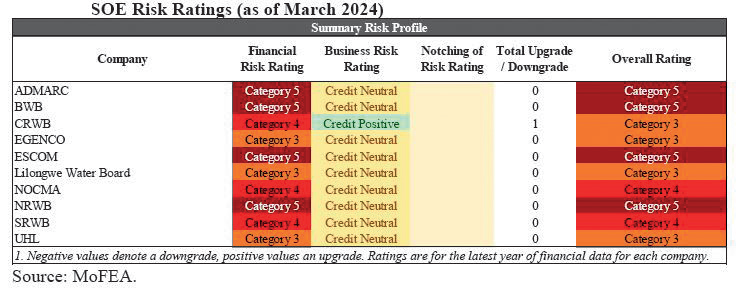Bad loans drop to 5.1%
The asset quality of the banking sector improved in the first half of this year as non-performing loans (NPL) dropped to 5.1 percent from 8.3 percent in corresponding period.
This is highlighted in the Reserve Bank of Malawi (RBM) Financial Stability Report for June 2025 which said despite the prevailing adverse macroeconomic environment, the banking sector remained profitable, liquid and adequately capitalised.

Analysts have since said the huge drop is a strong indicator of enhanced credit risk management and overall sectoral resilience.
Reads part of the report: “The banking sector remained resilient in the first half of 2025, maintaining adequate capital, satisfactory earnings, sufficient liquidity, improved asset quality and growth. Capital and liquidity improved and remained above prudential thresholds.
“Likewise, asset quality significantly improved with the NPL ratio dropping to 5.1 percent as of the end of June 2025, reducing the sector’s exposure to credit risk. Total industry assets increased by 15.6 percent to K8.5 trillion as at June 2025 [K7.3 trillion in December 2024].”
However, external credit risk pressures persist from macroeconomic developments, including elevated lending rates and inflationary pressures, according to the report.
In an interview, Bankers Association of Malawi chief executive officer Lyness Nkungula described the improvement in NPLs from 8.3 percent to 5.1 percent as a strong indicator of enhanced credit risk management and overall sectoral resilience.
She said: “It reflects the banking sector’s commitment to prudent lending practices, robust recovery strategies, and improved borrower performance.
“This trend not only boosts investor and depositor confidence, but also positions the sector to support economic recovery more effectively.”
According to Nkungula, stability in asset quality means banks are better equipped to extend credit to productive sectors, thereby reinforcing their role as catalysts for inclusive growth and financial sector development.
In a separate interview, former banking executive and Nico Capital chief executive officer Misheck Esau said the improving NPL could guarantee growth of the banking sector which is good to the economy.
Esau, however, said it could be better if the banks’ growth and profits are emanating from lending to the real sector.
Esau said: “It is good for Malawi economy if the banking sector is resilient. A profitable banking sector is what assures the nation of finance for growth. We just need to pay attention as to where most of the profits are coming from. If they are coming from lending to the private sector that is going to real sector investments, then we are happy.
“But if most of the profits are coming from lending government and from games being played in the foreign currency market as most analysts suspect, then we should be worried because the latter does not grow the economy, but just creates high inflation and high interest rates.”
Commenting on high profits reported by banks, Stockbrokers Malawi Limited equity investment analyst Kondwani Makwakwa said high interest rates continue to give commercial banks leverage as they earn huge interest income from government’s borrowing through Treasury bills.





